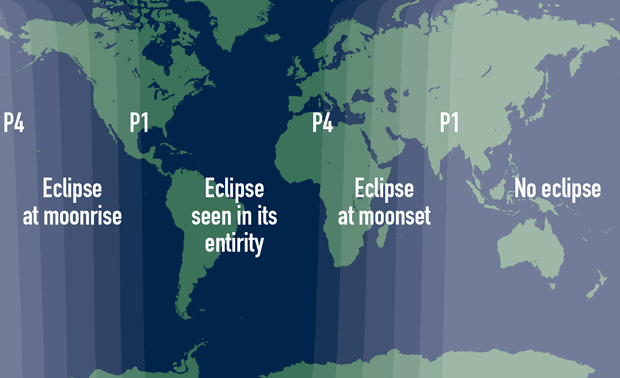Since a total lunar eclipse is visible from an entire hemisphere of the Earth where the full Moon happens to be above the horizon, it is sadly inevitable that overcast skies will spoil parts of this special event for some of you. Optimistically, your home sky will be clear, but don’t despair if you’re clouded out — you can watch it here!
NASA will live stream the event above from 1am BST until at least 4:30am BST (00:00—03:30 UT) on 28 September (8pm—11:30pm EDT on 27 September) broadcast from Marshall Space Flight Center in Huntsville, Alabama, with a live feed from the Griffith Observatory, Los Angeles, California.
Mitzi Adams, a NASA solar physicist at Marshall will discuss the eclipse and answer questions from Twitter. To ask a question, use the #askNASA hashtag.

As a reminder from our observing guide to the supermoon total lunar eclipse, here are the times at which key stages of the eclipse occur for different time zones:




